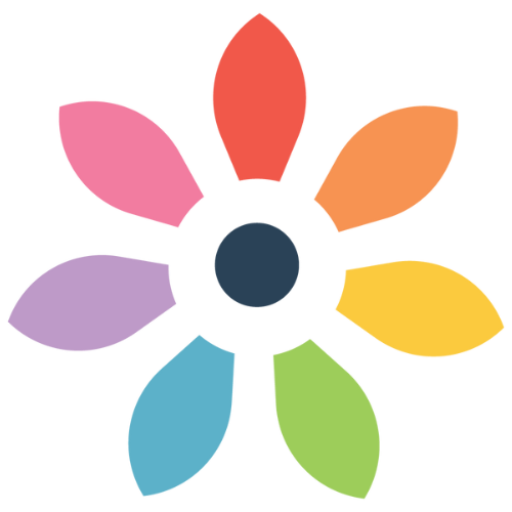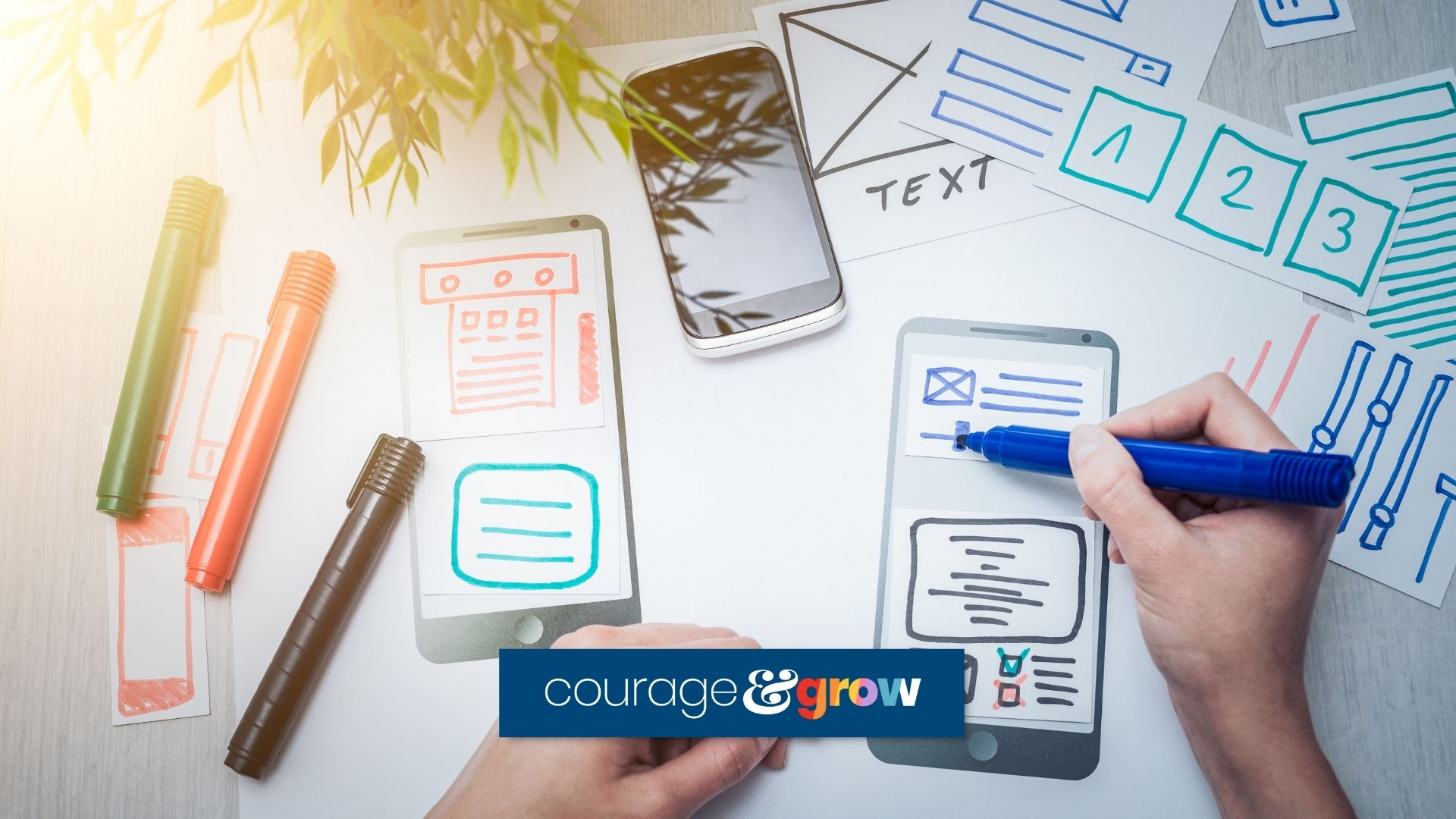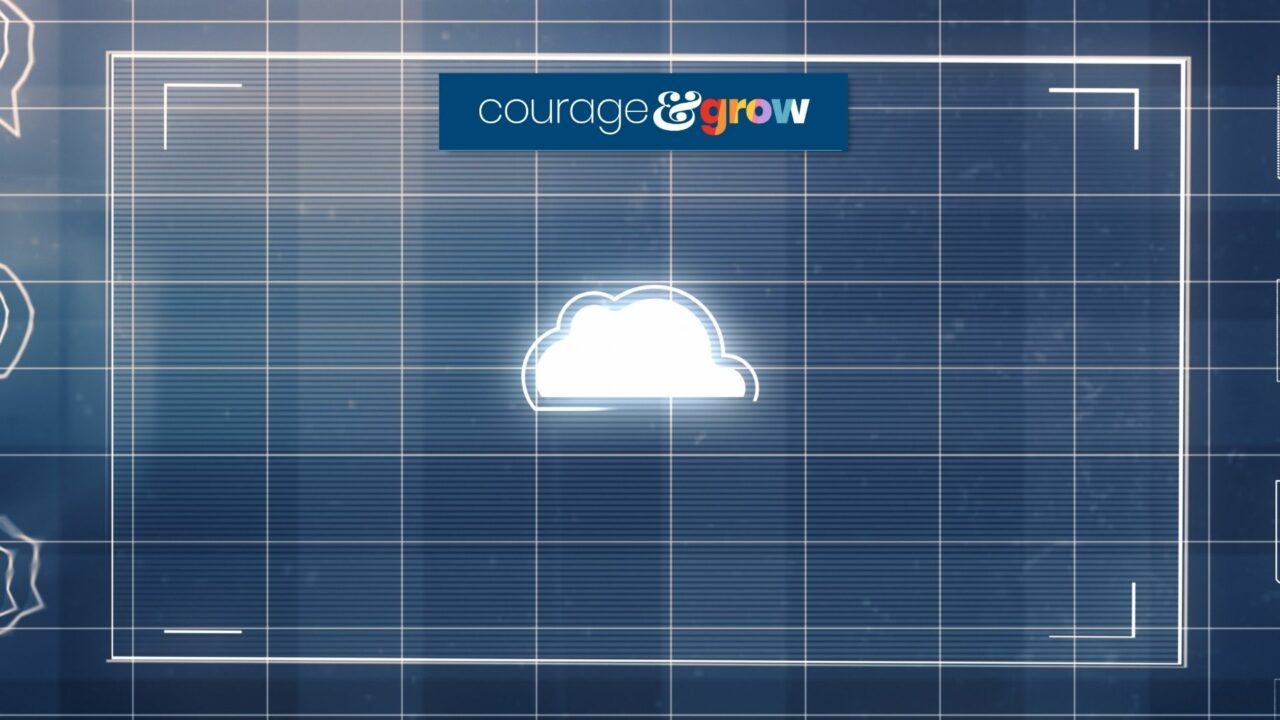At a glance
Building landing pages for your products is key if you’re looking to sell anything online. But, deciding what to include on those landing pages can feel both confusing and overwhelming.
We’ll cover 7 key elements that the best landing pages have, including a couple that are often overlooked.
This isn’t exhaustive
This list doesn’t cover everything you should have on a landing page. Rather, it outlines elements that the best landing pages typically share.
1 // A rock-solid headline
The headline (and subhead, if you have one) is the most important component on a landing page. But, so many entrepreneurs mess this up.
The headline should say exactly what your business is in the plainest, most boring, most obvious way possible.
No fancy or frilly language. No big or unnecessary words.
Also, it must be above the fold (i.e., it should appear on any size screen without having to scroll).
2 // A super-obvious Call-to-Action (CTA)
What’s the most important thing you want visitors to do when they’re on your page?
Is it Buy Now?
Or Book a Consultation?
How about Download a Free PDF?
These are all examples of Calls-to-Action, and your landing page can have one that’s considered primary.
Sure, you can include other secondary CTAs (a page can have both Book a Consultation and Read the Blog to Learn More), but you get one primary CTA.
That CTA should look like a button, it should be different from everything else, and it should be all over your landing page. Visitors should never have to search for it.
3 // A simple plan
Giving visitors a simple, step-by-step path for getting started helps overcome any confusion they might have.
Essentially, it’s reassuring visitors that working with you is simple.
I got this idea from the book Marketing Made Simple by Donald Miller, and I’ve incorporated it into every landing page I’ve designed since.
Miller recommends including exactly three steps, and I agree with him.
No matter how complex the process actually is, offering it up as a simple, three-step plan helps folks avoid any confusion.
4 // Crystal-clear pricing
This element is probably the most controversial on the list. But, I recommend including some kind of pricing to every single client I work with.
Everybody wants to at least have a sense about what they’ll pay. Also, you can qualify leads this way too.
Here are the most common concerns I hear and my responses to them:
“But what if there is no set pricing?”
— Offer a minimum price, an average price, or a price range (e.g., Most clients spend between X and Y)
“But what if everything I do is custom?”
— Offer a minimum price, an average price, or a price range (e.g., Most clients spend between X and Y)
“But I’m worried that my prices will turn people off!”
— Good. It’s unlikely you’d be able to convince those bargain shoppers to buy anyway, so you’ve saved yourself time and hassle.
5 // Compelling social proof
Some folks are early adopters. But, on the whole, most folks don’t like to go first. With… basically anything.
That’s why social proof is critical. It tells prospective customers that it’s safe, that you’re trustworthy, and that someone else dealt with that uncertainty first.
Including testimonials, reviews, logos from business you work with, and other relevant stats (like how many clients you’ve helped) all serve the same purpose: Telling customers, “Not to worry! Someone else tried and succeeded first!”
6 // A money-back guarantee
On this list, I’d say this is the only semi-optional item.
If you can offer a guarantee, you should offer a guarantee. The best landing pages do.
I understand that, for things like services (e.g., wedding planning) where you’re performing labor in exchange for money, it can be trickier.
But, whenever possible, offering a guarantee tells your customers that you stand behind your work, and will make things right if issues arise.
7 // A list of frequently-asked questions
I think this is my favorite item on the list.
I’m not sure why, but including all of the possible questions and answers customers may have at the end of a page is just so… optimized.
I’m someone who loves lots of information, and so FAQ sections always get me.
It’s a simple, no-hassle way of providing lots of information without overwhelming anyone. And, it’ll save you time having to answer the same repetitive questions over and over.
Keep reading
I highly recommend checking out Marketing Made Simple by Donald Miller.
I drew so much inspiration from this book, and it’s helped me to greatly simplify my framework for building the best landing pages (and websites overall).
Others? Questions?
Have questions or thoughts? Did I miss any key elements for the best landing pages? Is a design of yours one of the best landing pages ever!?





0 Comments